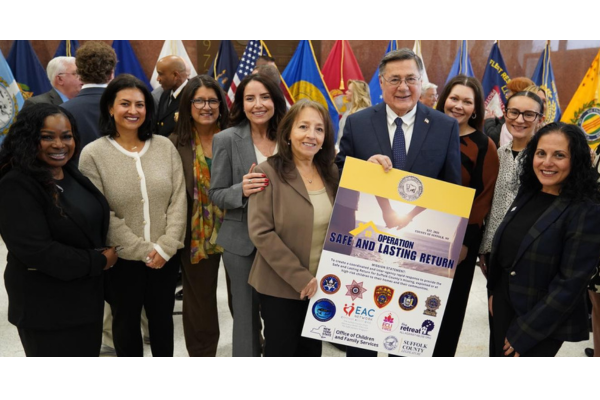
You may have heard domestic violence, intimate partner violence, relationship abuse, and other related terms used interchangeably. You also may be wondering, “what language should I be using to describe abuse in relationships?” Historically in the U.S., abuse in relationships has been represented by solely categorizing husbands as abusers and wives as victims. The term ‘domestic violence’ was used to describe abuse happening in domestic situations and relationships, most commonly used in the late 20th century as different activists and women’s groups organized to bring awareness to this form of abuse.

As our understanding of relationship violence has shifted and expanded throughout the years, ‘intimate partner violence’ and ‘relationship abuse’ have become the more commonly used terms that are more inclusive. They acknowledge that abuse can happen in any intimate relationship, regardless of gender, sexual orientation, or marital status. Abuse does not just happen in the domestic sphere, it exists in many different forms of relationships, including sex trafficking; relationships described as “hooking up,” “dating;” “friends with benefits,” or other terminology; abuse within an institutional setting; and other abusive relationships where there is a pattern of coercive (use of force or threats) behaviors or tactics utilized against the victim with a purpose of gaining and keeping power or control over them.”
While domestic violence, intimate partner violence, relationship abuse, and dating violence all have slightly different connotations, it’s widely accepted to use them interchangeably. However, as we strive to be more inclusive and understanding with our language, it’s agreed that intimate partner violence better portrays that abuse occurs within a spectrum of relationships.
